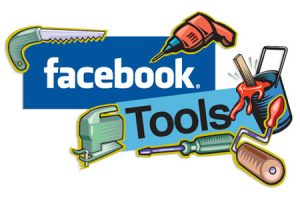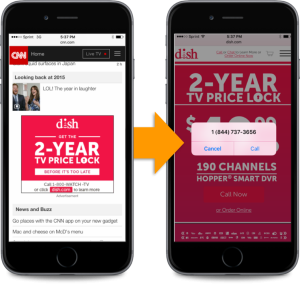— February 10, 2018

Falling asleep at work? See how your hours compare to leaders at other digital agencies.
At my last two agencies, I could expect to work 50-65 hours a week regularly. And the data shows I’m not alone.
According to a survey I conducted on my Inbound.org agencies group, 50% of marketing agency employees expect to work 40-49 hours a week, but 33% expected to work more.
This Reddit thread asked the same question. Answers indicate an average of 50 hours a week at an agency is normal, with in-house marketers reporting slightly fewer hours (40-50).
That is despite data that shows working long hours can be dangerous to your health, and that productivity begins to decline after approximately 50 hours per week. There’s even proof that shows doing the opposite is simultaneous more effect and more profitable — Inc.com covered the story of Tower Paddle Boards, which switched their workday to an 8:00am to 1:00pm schedule. Instead of seeing a drop on sales, revenue increased 40% instead.
If you’re thinking that sounds great for a paddle board company, but your agency could never get things done in five hours a day… you’re probably right. But if you’re working 12+ hours a day now, you can probably reduce that to something more normal (like 8 hours a day).
Here are 5 tips to help you get your schedule under control and switch to shorter hours while increasing productivity.
Get the right team in place
When you have a good team behind you, you’ll be able to get high quality work done in half the time. Supplement your team with freelancers in order to handle work during high-demand weeks, and to manage projects as needed. A freelancer workforce is flexible, agile, and ready whenever you need them to take some hours off your team’s plate.
Learn to delegate
Think of your time as worth $ 1,000 an hour. This accounts for opportunity cost and your ability to land great contracts. When you consider your time as that valuable, you’ll be less likely to spend all of it answering customer support questions or putting out fires.
You clients shouldn’t see you as their day-to-day contact. If that happens, you’ll end up with emails and calls that should be going to one of your employees, instead taking up your time. Delegate clients to your team members, and delegate day-to-day admin tasks to a virtual assistant.
Establish office hours
Establish internal office hours and train your team members to come to you with non-urgent questions and concerns during those hours. This will help you reserve the rest of your day to get high-level strategic work done, and give your team a scheduled time to reach you. Hold those office hours without your phone or laptop to minimize distractions.
On the client-side, public office hours will help you network without having to disrupt your day. Meetings are interruptive, and if you say yes to all your meeting requests you may not have time for anything else. Instead, provide your public office hours and recommend they stop by during those times.
Take note that public office hours are not for hot prospects—you should adjust your schedule to accommodate clients you want to land. They are more for fuzzier, one-sided meetings where someone wants free advice or wants to sell you something, and similar situations.
Dig yourself out of the inbox
Most of my clients are receiving at least 100 emails a day, and some are getting several times as much. Dig yourself out of the email flood by using your “Out of Office” auto-reply and let emailers know who to contact instead.
Then, consider shifting your agency’s internal communications to a project management tool like Basecamp or Teamwork and/or a communications tool like Slack. This will centralize your messages, so you don’t have to read through endless threads of emails to follow the conversation.
Be selective with clients
Follow the Pareto Principle (aka the 80/20 rule) when choosing which clients to fire and which to keep. Usually, the least profitable and enjoyable clients take up 80% of your time while the remaining 20% are those that actually keep your business going. If you have terrible clients that your team doesn’t enjoy working with, or clients that take up too much of your time, it’s time to consider firing them.
Focus your time on the top 20 percent of clients that are driving most of your success, and refer the rest to other agencies in order to preserve your team’s time and resources for better pursuits. You shouldn’t be the primary client contact—you want to make yourself “needed but not necessary.”
Consider that you’ll see the biggest impact by shifting to value-based pricing.
Take back your time
Get a great team behind you, one you trust enough to delegate clients and work to. Give them the accountability and resources they need to do their work well, and you’ll find excellent work done in a fraction of the time you’re used to.
To free up your schedule further, establish email inbox management best practices, use PM software, and establish office hours to train your clients and employees to respect your schedule. Finally, select your clients wisely and avoid arrangements that take up much of your time for minimal returns.
How many hours each week do YOU work? Leave a comment below and share.
Business & Finance Articles on Business 2 Community
(171)
Report Post





